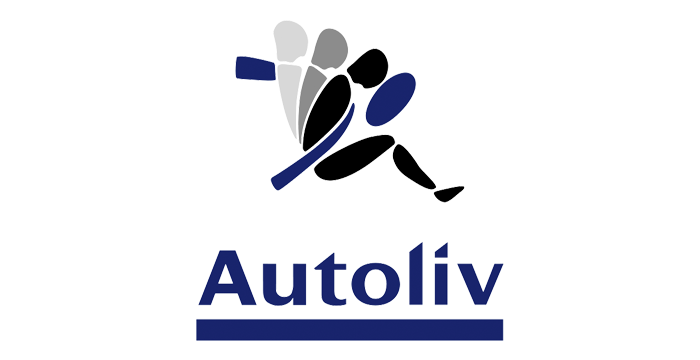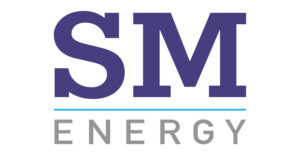- Wall Street anticipates an earnings per share (EPS) of $2.03 and revenue of approximately $2.7 billion for the quarter ending September 2025.
- The Zacks Consensus Estimate predicts a slightly lower EPS of $2.00, indicating potential market volatility.
- Key financial ratios such as the P/E ratio of 13.04 and a debt-to-equity ratio of 0.90 highlight Autoliv’s market valuation and financial health.
Autoliv Inc. (NYSE:ALV) is a leading manufacturer of automotive safety systems, including airbags, seatbelts, and steering wheels. The company operates globally, serving major car manufacturers. As ALV prepares to release its quarterly earnings on October 17, 2025, Wall Street anticipates an earnings per share (EPS) of $2.03 and revenue of approximately $2.7 billion.
The upcoming earnings report is expected to show a year-over-year increase in earnings, driven by higher revenues for the quarter ending September 2025. The Zacks Consensus Estimate predicts a slightly lower EPS of $2.00. This discrepancy highlights the potential for market volatility, as the actual results could significantly influence ALV’s stock price.
Autoliv’s financial metrics provide insight into its market valuation. The company’s P/E ratio of 13.04 suggests a moderate valuation of its earnings. The price-to-sales ratio of 0.89 indicates how much investors are willing to pay per dollar of sales, while the enterprise value to sales ratio of 1.08 reflects the market’s valuation of the company’s total worth relative to its sales.
The enterprise value to operating cash flow ratio of 11.83 shows how the market values ALV in relation to its cash flow from operations. An earnings yield of 7.67% offers insight into the return on investment for shareholders. The debt-to-equity ratio of 0.90 indicates a balanced use of debt and equity to finance the company’s assets.
Lastly, Autoliv’s current ratio of 0.93 measures its ability to cover short-term liabilities with short-term assets. This ratio suggests that the company may face challenges in meeting its short-term obligations, which could be a point of discussion during the earnings call. The management’s insights will be crucial in assessing the sustainability of any immediate price changes and future earnings expectations.




